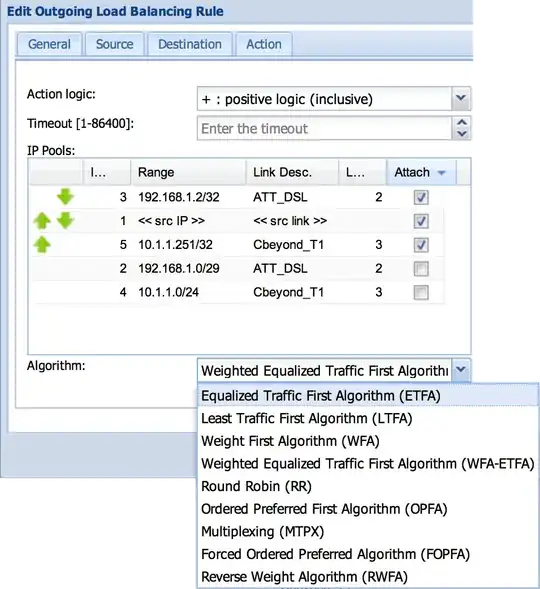Are these lines coming from the same provider? What is your goal? Is it resiliency or performance?
If it's performance and a single provider, lobby for a higher-bandwidth link from the provider (on a GigE port).
If these are diverse links, I think the path of least resistance is to use of a link balancer unit. This was covered recently in: Load balancing with Cisco router
But the idea is that you use an external appliance that interfaces with your two (or more) ISP handoffs. I use the example of the Elfiq link balancer, which can aggregate the bandwidth of multiple ISP's and load balance traffic using a variety of algorithms. Other offerings by Barracuda, Peplink, etc. are as capable. If a link goes down, the other available lines will take over. It's transparent to your users.
For inbound services, balancing is either done by DNS or with the protocol's atributes (e.g. multiple MX records for mail).
In the Elfiq case, you would still use a single firewall behind the device to handle NAT translation. Your firewall config does not have to change. You can insert this load balancer into your environment without any disruption.

